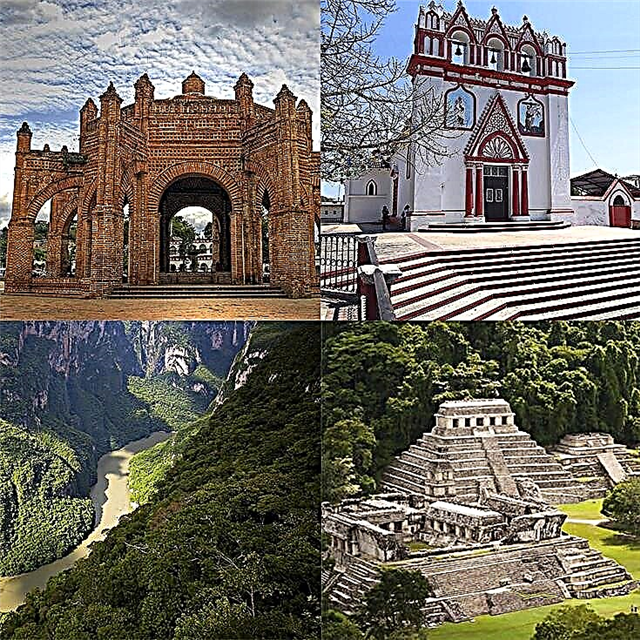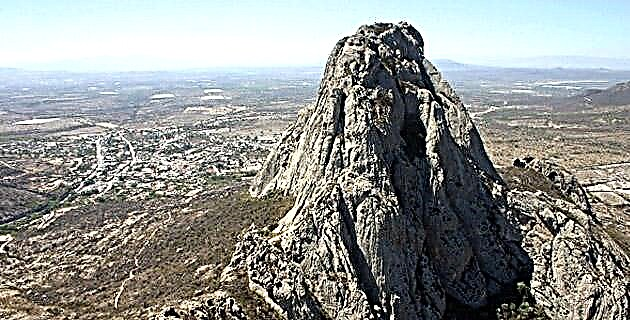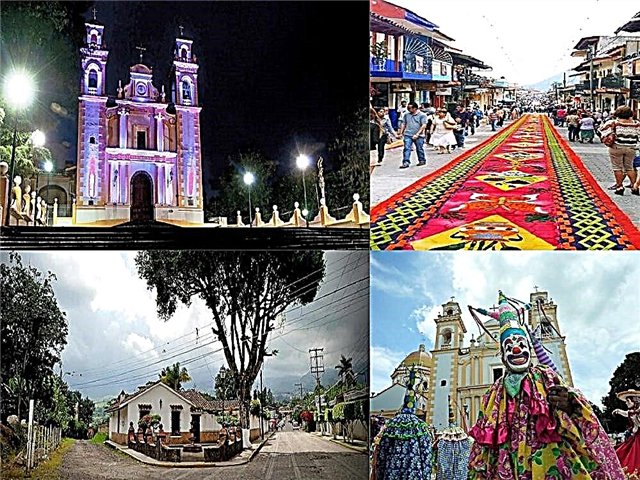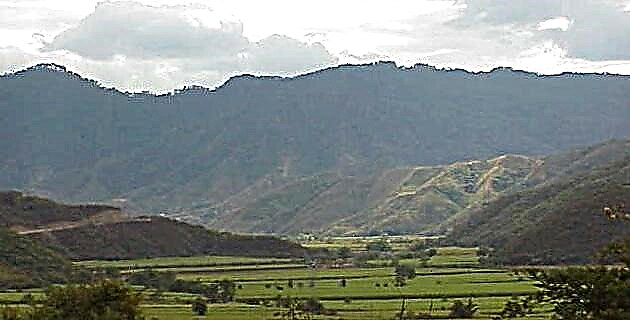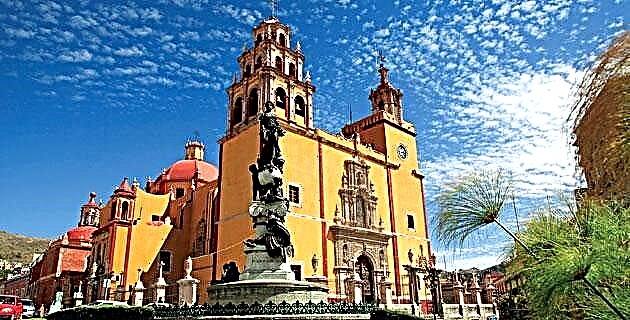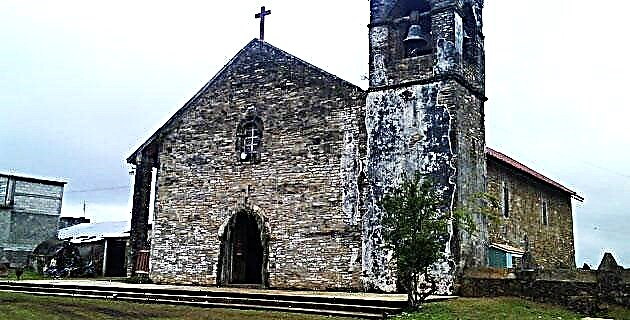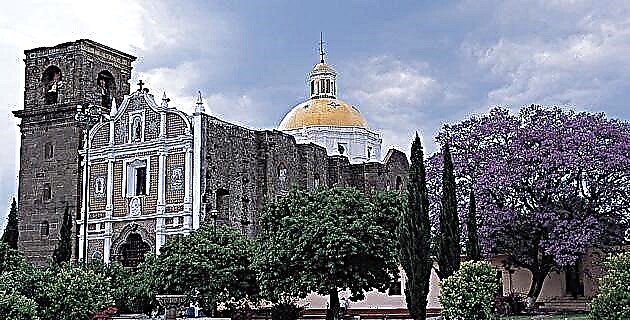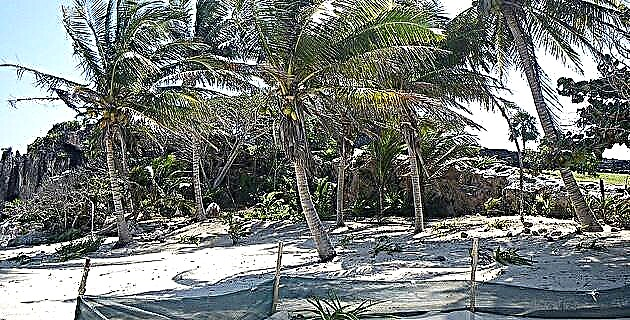
According to the Fund for the Conservation of Turtles, in a list that includes both marine, freshwater and terrestrial turtles, 25 species are in danger of global extinction: two in South America, one in Central America, 12 in Asia, three in Madagascar, two in United States, two in Australia and one in the Mediterranean. Meanwhile, the Chelonian Research Foundation reported that nine species of turtles have become extinct in the world and two-thirds of the rest are in equal danger.
According to the Fund for the Conservation of Turtles, in a list that includes both marine, freshwater and terrestrial turtles, 25 species are in danger of global extinction: two in South America, one in Central America, 12 in Asia, three in Madagascar, two in United States, two in Australia and one in the Mediterranean. Meanwhile, the Chelonian Research Foundation reported that nine species of turtles have become extinct in the world and two-thirds of the rest are in equal danger.
Of the eight species of sea turtles that the planet has, seven reach the Mexican coasts through the Pacific, Gulf of Mexico and the Caribbean Sea; "No other country has that fortune," says biologist Ana Erosa, from the General Directorate of Ecology of the Benito Juárez City Council, head of the Sea Turtle Program in the northern part of Quintana Roo, a place that has "the only beach where four species of these turtles: white, loggerhead, hawksbill and leatherback ”.
The dynamics of the beaches in Cancun is very high: the passage of tourists, as well as the noise and lights of the hotels affect their nesting, however, the records made during the last two years encourage scholars and dedicated volunteers, many of them for a large part of their lives, to the preservation of this species on the island. The odd years are of little nesting and during the pairs the percentage increases; no more than one hundred nests were commonly recorded during odd years. However, there were 650 in this one, in contrast to 1999 and 2001, with only 46 and 82 nests each. In the even years of 1998, 2000 and 2002, 580, 1 402 and 1 721 nests were registered, respectively; each nest has between 100 and 120 eggs.
Ana Erosa explains that there are many ways to interpret the results, as more work is being done due to the fact that there are more people on the beach, more surveillance and a better record.
“I want to believe that at least in Cancun the turtles are returning, but I cannot risk saying that the population is recovering; We could also infer that perhaps these turtles are being displaced from some other area. There are many hypotheses ”, he affirms.
The Sea Turtle Protection Program began in 1994, it covers the northern part of the state and the towns of Isla Mujeres, Contoy, Cozumel, Playa del Carmen and Holbox; consists of creating awareness in the hotel sector about the importance of this species, informing that the turtle is in danger of becoming extinct and is protected by the federal level, hence any illegal action, sale or consumption of eggs, hunting or fishing, can be penalized up to six years in prison.
Likewise, theoretical-practical training courses are given for hotel staff, they are taught what to do when a turtle comes out to spawn, how to transplant nests and create protection or incubation pens, an area that must be fenced, protected. and guarded. Hoteliers are asked to remove objects from the beach at night, such as lounge chairs, as well as to turn off or reorient the lights that overlook the beach area. The exit from the sea of each animal, the time, date, species and the number of eggs left in the nest are reported in cards. One of the objectives for 2004 will be to intensify the tagging of female turtles to obtain more accurate records of their reproduction habits and cycles.
October in Cancun is one of the release seasons for the baby sea turtles that nested from May to September along 12 kilometers of beach. The official event takes place in front of the beach of the resort that sheltered the most nests of chelonians, and has the presence of municipal authorities, the media, tourists and locals who want to join.
Year after year, the liberation that takes place on the Quintana Roo coast becomes a celebration of the efforts of civil associations that protect this reptile and the local government in power. Around seven at night, when the little turtles are no longer in danger of being eaten by predatory birds that fly over the seas, people form a fence in front of the white waves, those responsible for the nests give the pertinent instructions: do not use flash to photograph the animals, which are previously distributed among the attendees, especially children, and give the turtle a name before releasing it on the sand on the count of three. The crowd respectfully obeys the directions, with emotion they see the small turtles walk away eagerly towards the immense sea.
It is said that out of every hundred turtles only one or two will reach adulthood.
Source: Unknown Mexico No. 322 / December 2003

